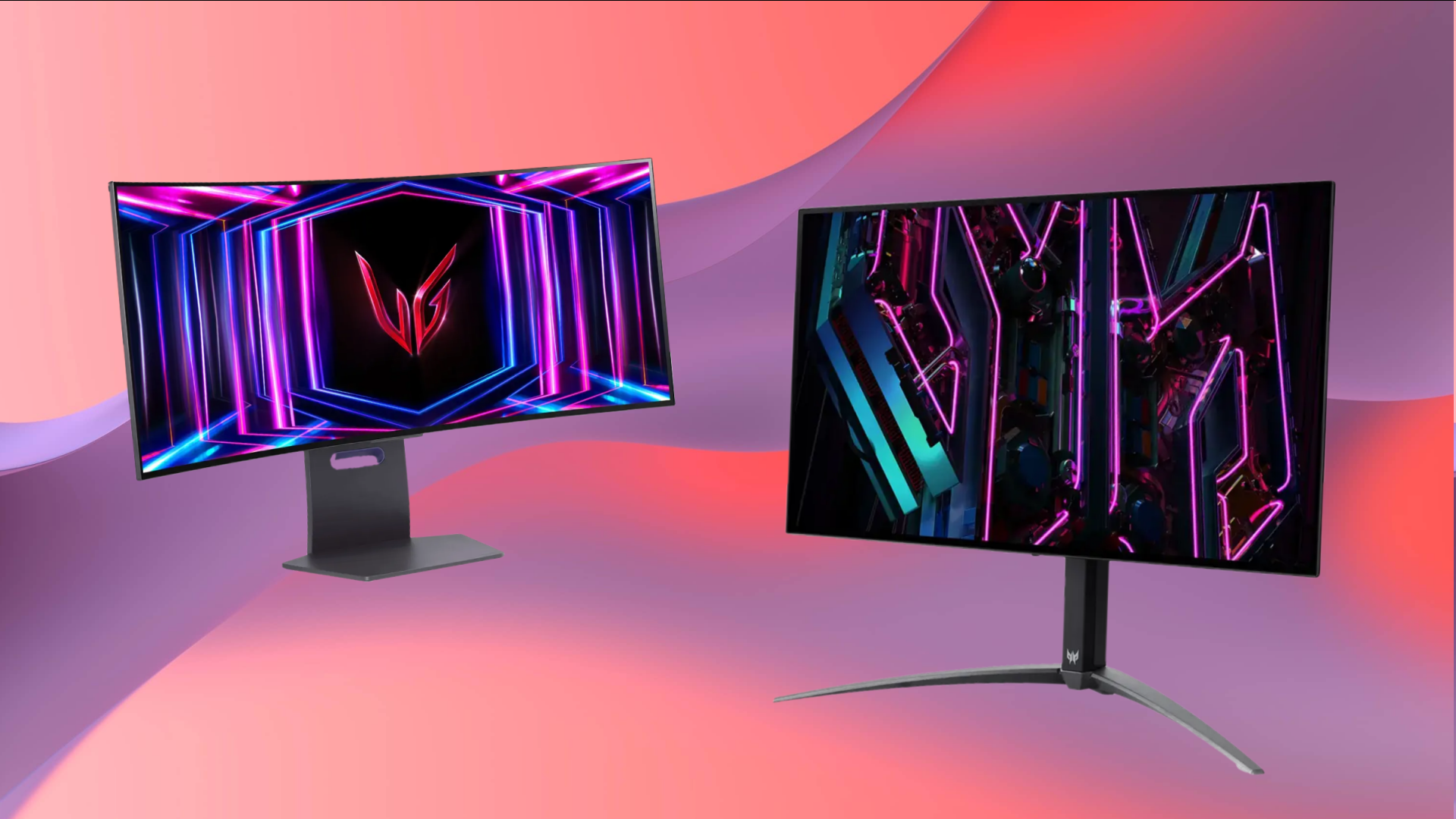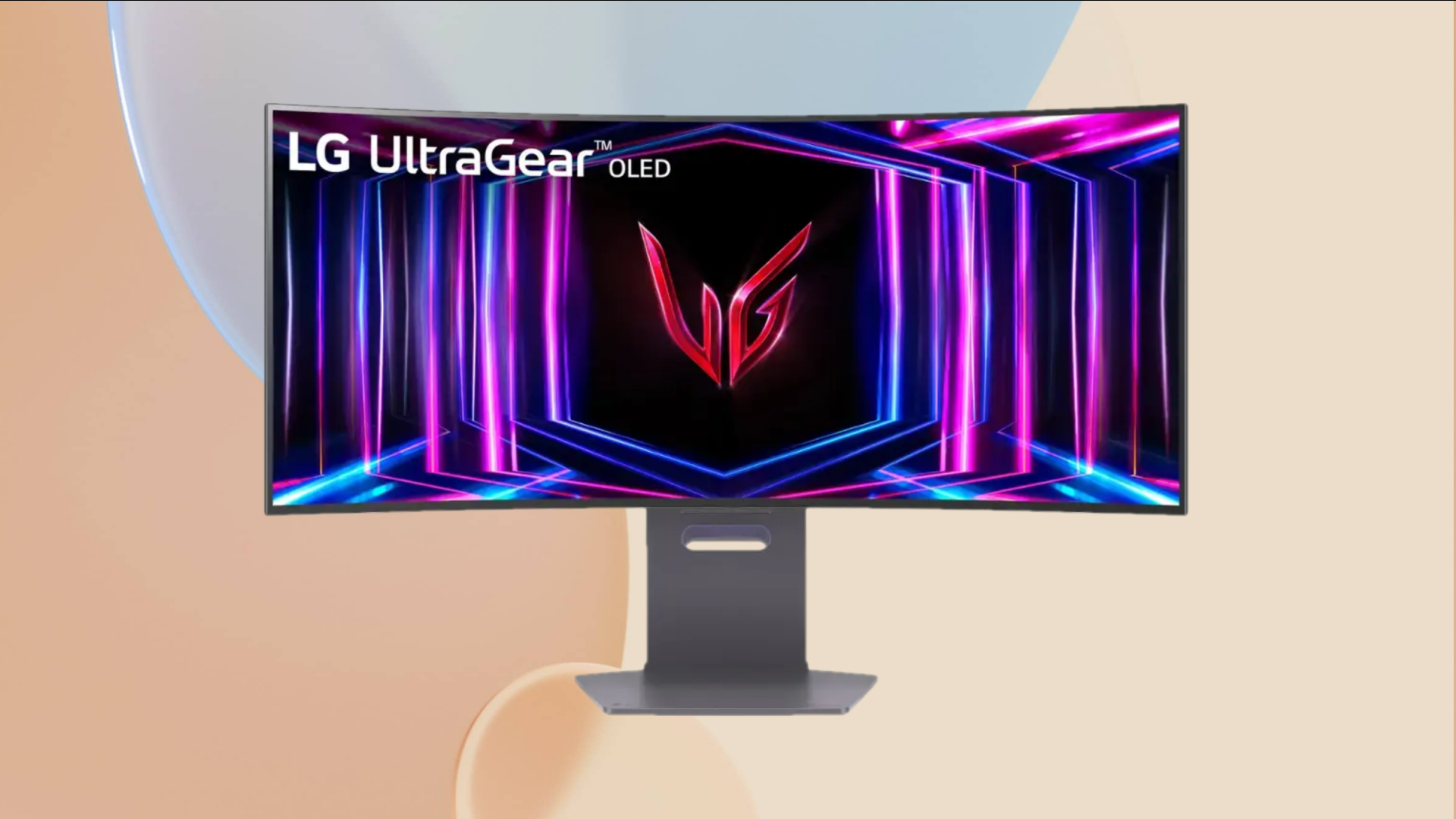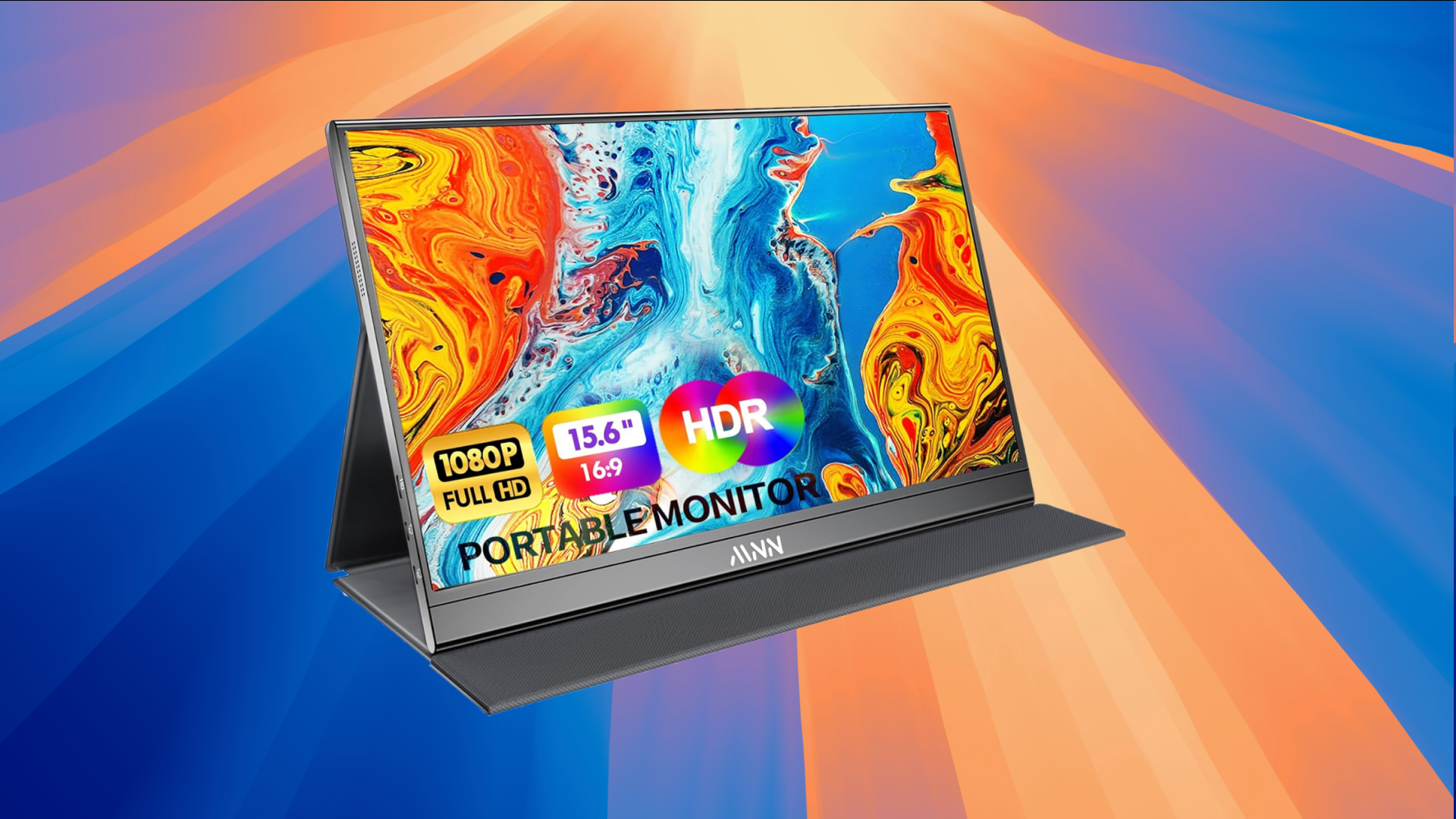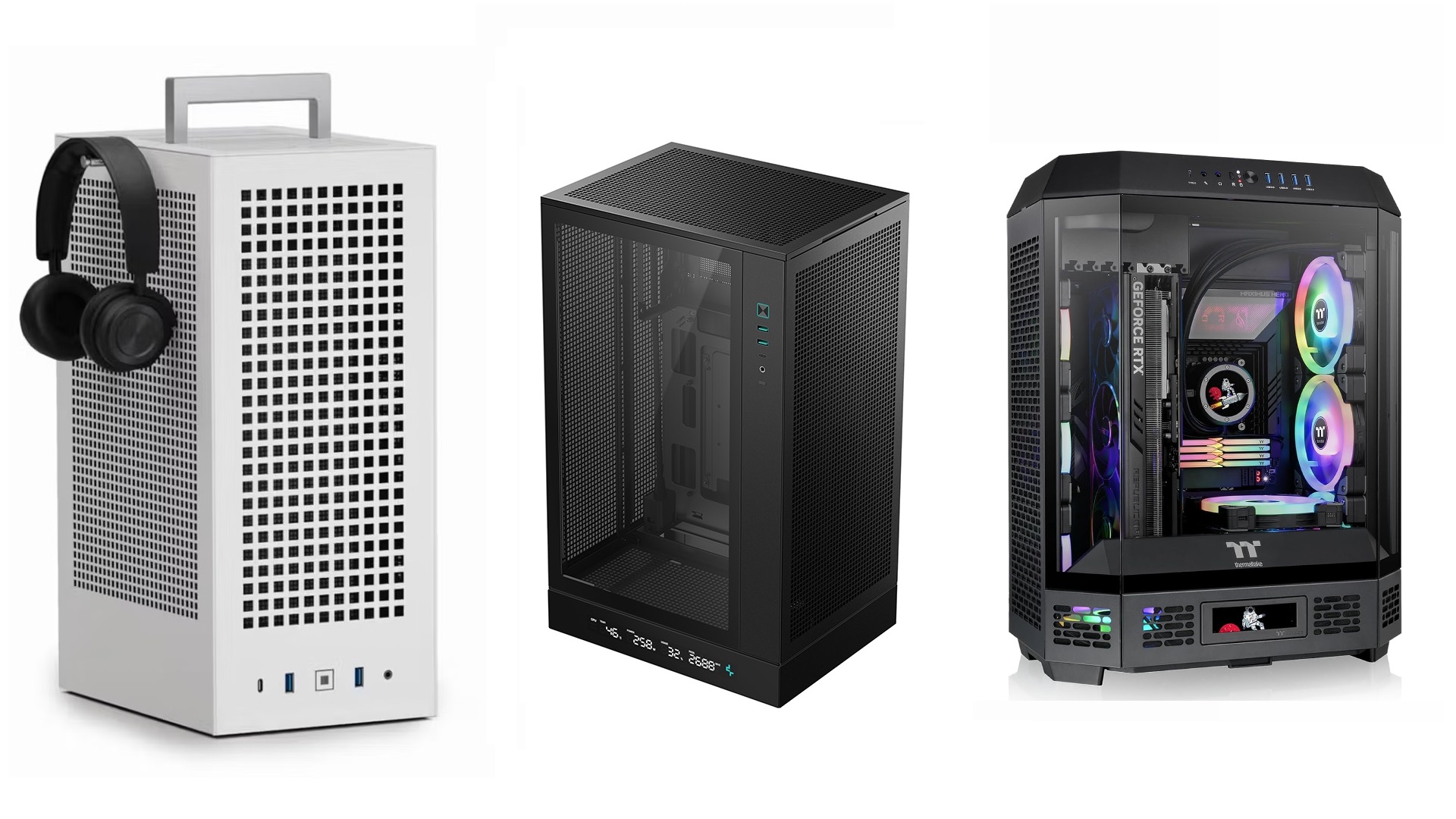This article discusses critical aspects the end-user needs to know before setting up a dual monitor workspace.

A dual-monitor setup represents greater flexibility for modern use-case scenarios. Professional gamers, streamers, and software developers can find this setup helpful. However, setting up a dual-monitor setup that helps the user is challenging. This article highlights the vital things the end user must know before entering a dual-monitor setup.
Note—This article mentions monitor calibration but doesn’t deliberately discuss it and its process, as many professionals who do this for a living have a better, in-depth understanding of the given topic. If you need calibration, it’s better to consult them. However, countless YouTube guides and color panel websites help you with quick display calibration.
Hardware Compatibility and Cable Selection for Dual Monitor Workspaces

Before buying new monitors, double-check your GPU’s display outputs and the resolutions it supports. Some older graphics cards don’t have modern ports like DisplayPort or HDMI 2.1, which will limit your new monitor’s display capabilities. For example, a GPU with just HDMI 2.0 can handle two 4K displays at 60 Hz, but you’ll likely run into issues when pushing 144 Hz on both displays.
Cable Types and Bandwidth
DisplayPort 1.4: Users who plan on using 8K at 60Hz or dual 4K at 120Hz should consider using DisplayPort, as it is beneficial under a bandwidth-intensive scenario.
HDMI 2.1: The HDMI 2.1 port is excellent for 4K home theatre usage. It matches DisplayPort’s bandwidth at 4K 120Hz and adds e-ARC support for high-quality audio.
USB-C/Thunderbolt 4: This cable can deliver video, data, and power (up to 100W or more) through a single cable, which is very helpful in a docking use case.
Remember that mismatched cables can bottleneck performance. For example, a 1440p monitor connected via VGA through a converter will default to 1080p, and the image will be blurry. This is because VGA is an analog signal, and 1440p monitors generally have HDMI and DisplayPort, which are digital signals.
Monitor Selection Criteria

When paired, identical monitors must be calibrated equally for the best color accuracy. Mixed setups are generally complex to calibrate perfectly. Like CPUs and GPUs, monitors are also not built the same, and due to the variance within their panels, identical models can have different color accuracy. Below are a few real-world examples that an end-user might consider, and solutions are provided.
Resolution Matching: Pairing a 1440p primary monitor with a 1080p secondary display may require software scaling (e.g., Nvidia DSR) to align cursor movement.
Refresh Rate: Mismatched rates (e.g., 144 Hz + 60 Hz) can cause stuttering in full-screen applications. Enable GPU scaling to mitigate this. Sometimes, there can be inconsistencies between refresh rates; a panel that reports 144 Hz might report 143 or 142 on another, despite being identical. For that, GPU scaling also helps.
Color Accuracy: A Delta E of < 2 ensures consistent color reproduction across panels. Hardware calibrators like the Datacolor SpyderX achieve this by generating ICC profiles. As mentioned, professionals who do this for a living carry hardware like this. Buying one for personal use is lavish; you can do it yourself, but leaving it to a professional is better.
Ergonomic Mounting and Configuration
Developers and designers sometimes choose portrait mode to reduce scrolling. For this purpose, articulating arms like Herman Miller’s Floe enable precise height and angle adjustments, thereby reducing neck strain during prolonged use.
The primary monitor should be the center screen, around 20-30 inches from your eyes, with the top bezel at or below eye level. The secondary monitor should be placed 15–20° to the side, angled inward to minimize head rotation. For monitors above 27″, users should maintain a gap (as per preference) to avoid bezel interference.
To counter lighting and glare, position monitors perpendicular to windows. Opt for matte displays, as they diffuse ambient light better than glossy screens and are easier on the eye. However, glossy screens produce the best image output.
Software Configuration
Display Settings in Windows
- Layout Alignment: In System > Display, drag virtual screens to match physical placement, ensuring seamless cursor transitions.
- Scaling: Set identical scaling percentages (e.g., 125%) to prevent UI size mismatches.
- Taskbar Customization: Right-click the taskbar to turn off secondary taskbars or enable window previews
This article discusses Windows only, but the idea remains true for Linux and Mac. These instructions might not reflect accurate results, as Windows updates and versions change many things. Then again, the core concepts are the same; the terminology will differ.
Conclusion
That wraps up today’s topic. A dual monitor setup offers many advantages to the end-user. When configured correctly, it’s a productivity multiplier. Ensure you avoid common pitfalls while building one, such as Cursor Tracing caused by misaligned displays during software setup. So, inconsistencies in HDR. Windows 11 onwards has an auto-HDR feature; ensure both are off or on, depending on your usage. Monitor VRAM usage, as 2x 4K displays can sometimes exceed mid-range GPU memory.
Looking For More Related to Tech?
We provide the latest news and “How To’s” for Tech content. Meanwhile, you can check out the following articles related to PC GPUs, CPU and GPU comparisons, mobile phones, and more:
- 5 Best Air Coolers for CPUs in 2025
- ASUS TUF Gaming F16 Release Date, Specifications, Price, and More
- iPhone 16e vs iPhone SE (3rd Gen): Which One To Buy in 2025?
- Powerbeats Pro 2 vs AirPods Pro 2: Which One To Get in 2025
- RTX 5070 Ti vs. RTX 4070 Super: Specs, Price and More Compared
- Windows 11: How To Disable Lock Screen Widgets
 Reddit
Reddit
 Email
Email


